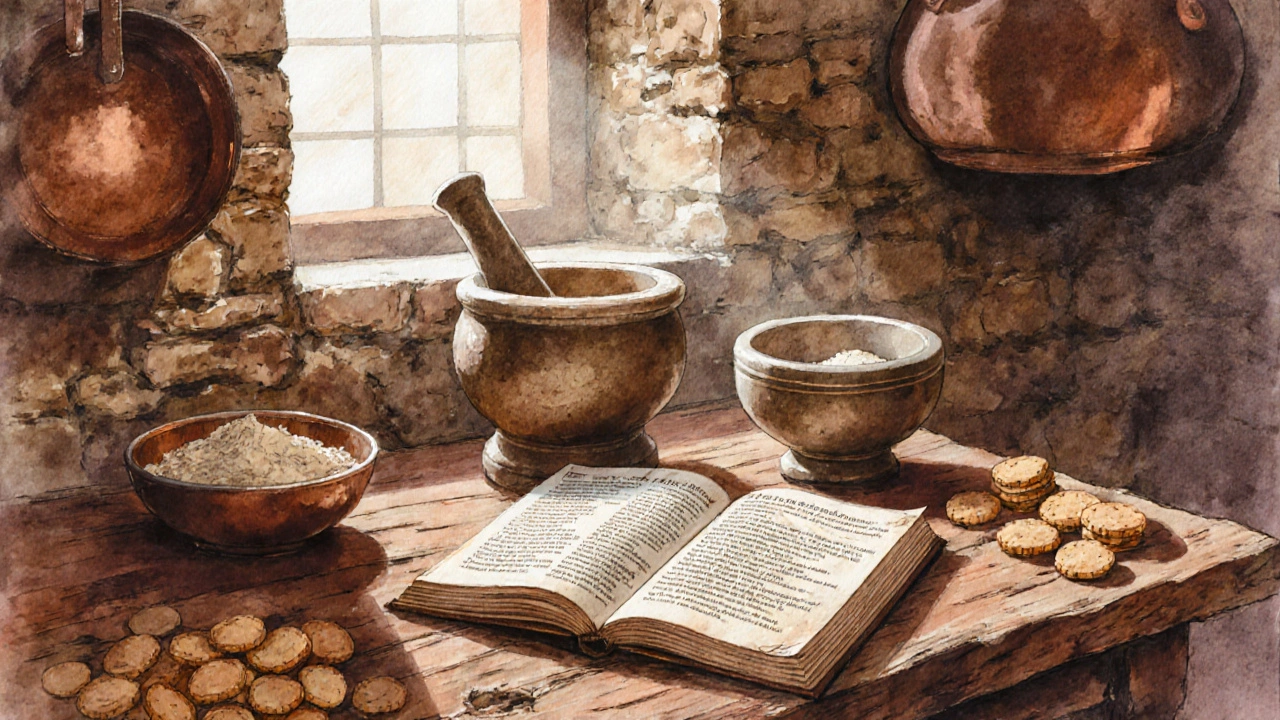Why the Macaron Got Its Name: A Sweet Journey Through History
Explore the fascinating history behind the macaron name, from its Italian linguistic roots to royal French courts, and learn why the term endures today.
When you hear the word macaron etymology, the study of where the term ‘macaron’ comes from and how it evolved. Also known as French macaron, it refers to the delicate almond‑based sandwich cookie that’s become a global obsession.
Understanding the French pastry, the tradition of refined baked goods that originated in French kitchens and patisseries culture is essential to grasp the macaron’s story. The treat likely grew out of Italian mon‑a‑monte sweets brought to France in the 16th century, where local bakers swapped wheat flour for ground almond, the nut that gives macarons their soft interior and subtle flavor. This substitution created a lighter texture that fit the French palate, and the name shifted from the Italian “maccherone” to the French “macaron.”
The linguistic journey is a case study in confectionery linguistics, the analysis of how dessert terminology spreads and changes across cultures. As the word traveled, spelling variations like “macaroon” emerged, often causing confusion between the almond cookie and the coconut‑based confection. By mapping these shifts, we see how language mirrors culinary exchange: a term adapts as recipes travel, reflecting both ingredient swaps and regional preferences.
Today's macaron scene is a blend of heritage and hype. Classic pâtisserie, the French art of making fine pastries and desserts masters still follow the original two‑shell, creamy‑filling formula, while Instagram‑savvy bakers experiment with bold colors and exotic flavors. This evolution ties into broader dessert trends like viral cake designs (see our “Trending Cakes 2025” guide) and playful snack hybrids such as cake pops. Even the math‑fun article about fitting macarons into a 10‑story tower shows how the cookie has become a cultural reference point beyond the bakery.
For home bakers, mastering macaron etymology isn’t just academic—it informs technique. Knowing the almond origin explains why the meringue’s stability hinges on the nut’s natural oils, and recognizing the French pastry lineage highlights the importance of precise temperature control. Whether you’re aiming for a crisp shell or a chewy interior, the historical context guides your choice of equipment, mixing method, and even the timing of the “piping” step.
Professionals also benefit from this background. Pastry chefs who understand the term’s evolution can better communicate with clients, craft menu descriptions that honor tradition, and innovate without losing authenticity. Likewise, food writers can use the etymological insight to tell richer stories, connecting readers to the centuries‑old journey from a monk’s kitchen to a modern bakery display.
Below you’ll find a hand‑picked collection of articles that dive deeper into related desserts, storage tricks, flavor experiments, and the science behind sweet treats. From freezing tiramisu to cracking the secret of vinegar in cheesecake, each piece adds a layer to the broader conversation about how we create, name, and enjoy desserts. Browse the list and discover how the history of one tiny cookie can illuminate the whole sweet world.

Explore the fascinating history behind the macaron name, from its Italian linguistic roots to royal French courts, and learn why the term endures today.